SCT Austria Stem Cell Therapy for Chronic Wounds
Wounds occur when the skin’s epidermal layer is breached by infection or injury. A wound’s severity intensifies when underlying skin layers become involved. It can be caused by a multitude of reasons and can include cuts, scratches, scrapes, and skin punctures. Ulcers from pressure sores, burns, surgical sutures and stitches can also cause wounds, and illnesses such as diabetes can create wounds that in the short term compromise the skin’s normal structure and function.
Normal wound healing is a complex and dynamic process (involving inflammation, proliferation and remodeling) for wounds to heal properly. These coordinated processes are diverse, involving biologic and immunological systems. If our body is incapable of healing wounds, they aggravate over time. If a wound’s healing process does not result in structural integrity or simply heal in a timely and orderly process (within three months), then the wound is already considered chronic. Finding a healing solution can be complicated.
Treatment Methods to Heal Wounds
Surprisingly, conventional treatment of chronic wounds does not seem to work in numerous cases, hence the development of other treatment modalities. Although wound care and management has had radical advancements over the years, current treatments still fall short of healing 50% of chronic wounds. The problem with conventional treatments such as the split thickness skin grafts, centers on the absence of the skin’s dermal layer to regenerate oil and sweat glands as well as hair follicles. If these components cannot be regenerated in the skin’s wounded area, the resulting skin will be dry, itchy, brittle, and looks aesthetically unpleasant.
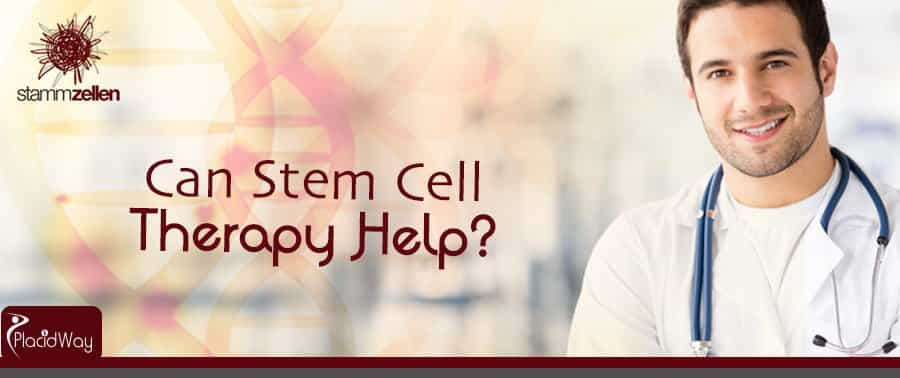
Can Stem Cell Therapy Help?
Stem Cell Therapy uses a set of strategies with live cells to replace, repair or restore the lost biological function of a damaged organ or tissue. The use of stem cells for therapeutic purposes such as in cell therapy is being studied for several decades in medicine. Because Stem cells are undifferentiated cells very capable of differentiating (auto-renewing) into precursor cells (or progenitor) or of one or several specific cell types, they are the mostly used in the realm of Regenerative Medicine – specifically Adult Stem Cells.
Adult Stem Cells have no ethical concerns. Bone Marrow (BM) is possibly the most common source of Adult stem cells. Nonetheless, it can be collected from almost any tissue. Several researches have also pointed out that stem cells obtained from the BM contribute to the repair of many tissues, including the bone, cartilage, tendons, myocardium (of the heart), and skin.
Stem cells have been actively explored as a treatment for wound therapy for many years because they have an incredible potential to auto-renew into different cell types, especially various skin components. In fact, for the past 30 years, the ability to differentiate epidermal stem cells into keratinocytes in the lab has driven the use of tissue-engineered skin grafts. These grafts have been quite positive in treating skin wounds caused by ulcers, burns, diabetes, genetic skin disorders such as epidermolysis bullosa (blistering). However, they too were unable to regenerate the skin's dermis – the key factor that restores the appearance and function of the skin for long term. Engineered skin grafts are also very costly, which is another reason that limits their widespread use.
In an effort to provide another alternative, the scientific community is now considering adult stem cells (mesenchymal stem cells, adipocyte stem cells, skin stem cells) and pluripotent stem cells (induced pluripotent stem cells (iPSCs) to heal chronic wounds.
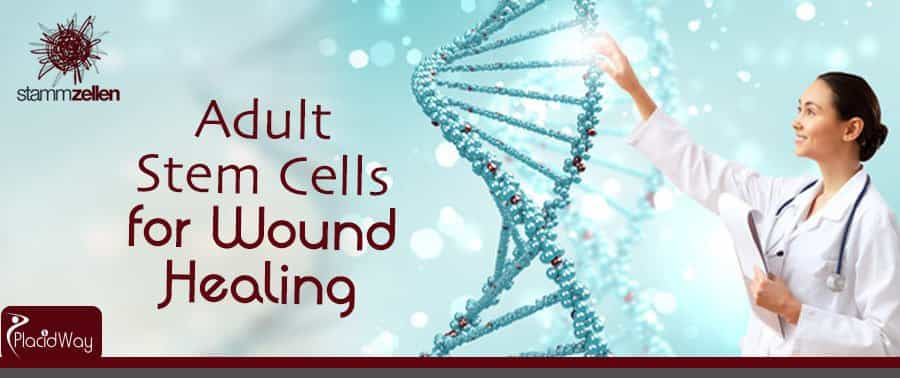
What Adult Stem Cells Do in Wound Healing?
The cells in the chronic wounds regardless of the etiology and pathophysiology are under the effects of chronic inflammation, reactive oxygen species, proteolytic enzymes and recurrent ischemia–reperfusion cycles, contributing to the long-lasting non-healing status of the wound. On the other hand, scars in the skin and soft tissue secondary to accidents, surgical procedures and other etiologies have non-active or non-functional epidermal cells which make the tissue unable to replenish space with normal functional tissue.
This in turn retracts the skin, provoking non-functional and non-aesthetic tissue closures. It is thought that this environmental stress inhibits the proliferation of fibroblast cells. Similarly, it also provokes a prematurely senescent cell population in the wound with consequent cell unresponsiveness to growth factors, which blocks the possibility to divide and regenerate the damaged tissue. This senescence has been noted in different kinds of wounds.
Adult bone marrow-derived stem cells (BM-SCs) contain hematopoietic stem cells (HSC) and mesenchymal stem cells (MSC) inter alia, both of them mononuclear stem cells (BM-MNCs) that can be used as autologous transplant to provide the non-healing wounds and scars with populations of progenitor cells locally. It is known that these stem cells (SCs) contained in the bone marrow (BM) are capable of self-renewal and differentiation into mature cells and dermal tissue trough different plasticity mechanisms.
The infusion of BM-MNCs in pre-clinical studies, pilot studies and phase I clinical trials has been proven to be safe. There are several ongoing phase I and II clinical trials using different sources of SCs achieving not only safe profiles but also effectiveness for different diseases including chronic wounds.
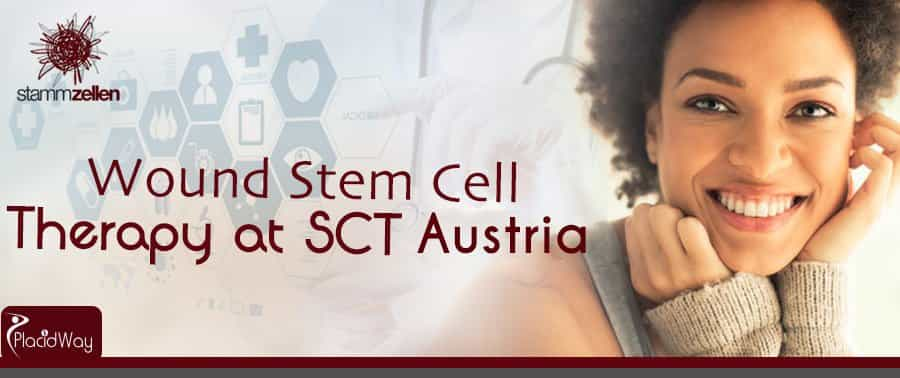
Wound Stem Cell Therapy at SCT Austria
Stem Cell Therapy brings a promising alternative to the typical methods of wound healing. Even though it is a relatively new tool, several studies have proven these types of cells have demonstrated their efficacy in healing wounds safely in several cases. In a study conducted on 48 patients with non-healing lower extremity wounds, the administration of adult stem cells directly in the wounds tripled its healing process.
Using the Derma Point-of-Care Stem Cell Transplant (D-POCST), the Stem Cell Treatment offered at SCT Austria, uses adult stem cells from the bone marrow. The D-POCST allows obtaining SCs from the BM using a specialized machine. After a 30 minutes on-site process, the infusion of a SCs concentrate is performed into a chronic wound or scar to avoid any risk of cell laboratory undesired modifications, future non-desirable oncogenic side effects or contamination of the biological products to promote outstanding results and healing to patients.
At SCT Austria, every patient is treated individually, based on a personalized medical history assessment and evaluation. Catering to international patients, SCT Austria offers a regenerative medicine package that includes:
- Administrative efforts for medical tourists: visa application procedure and mailing, visa invitation letter, booking and coordination, treatment dates coordination, organization of the transfers, airport transfers and hotel reservations (accommodation for 3 nights for 2 persons).
- Clinical-related assistance: medical evaluation, consultations, anaesthesiologist’s consultation, stem cell therapy, pre and postoperative examinations, laboratory analysis, medical assistance, clinic transfers, follow-up documentation and supplementary therapy.
At SCT Austria, every patient is guaranteed to have an individualized care and experience. Through its validated process and testing of stem cells, SCT Austria only performs a legal and approved POINT-OF-CARE stem cell technique which uses adult stem cells only. Adult Stem Cells have the benefit of little or no danger of rejection. Using the highest standard of sterility to obtain the SCs, no adverse reactions have been noted to patients.
For more information of SCT Austria Wound Stem Cell Therapy and its Best Stem Cell Treatment Packages in Austria, please do not hesitate to contact us!



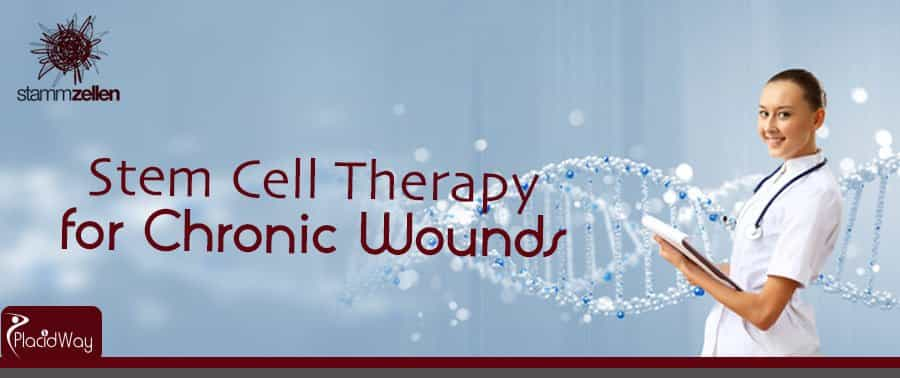


.png)

.png)

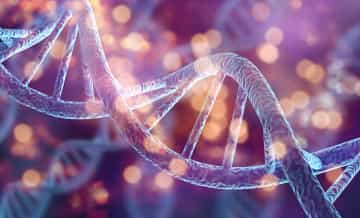
.png)


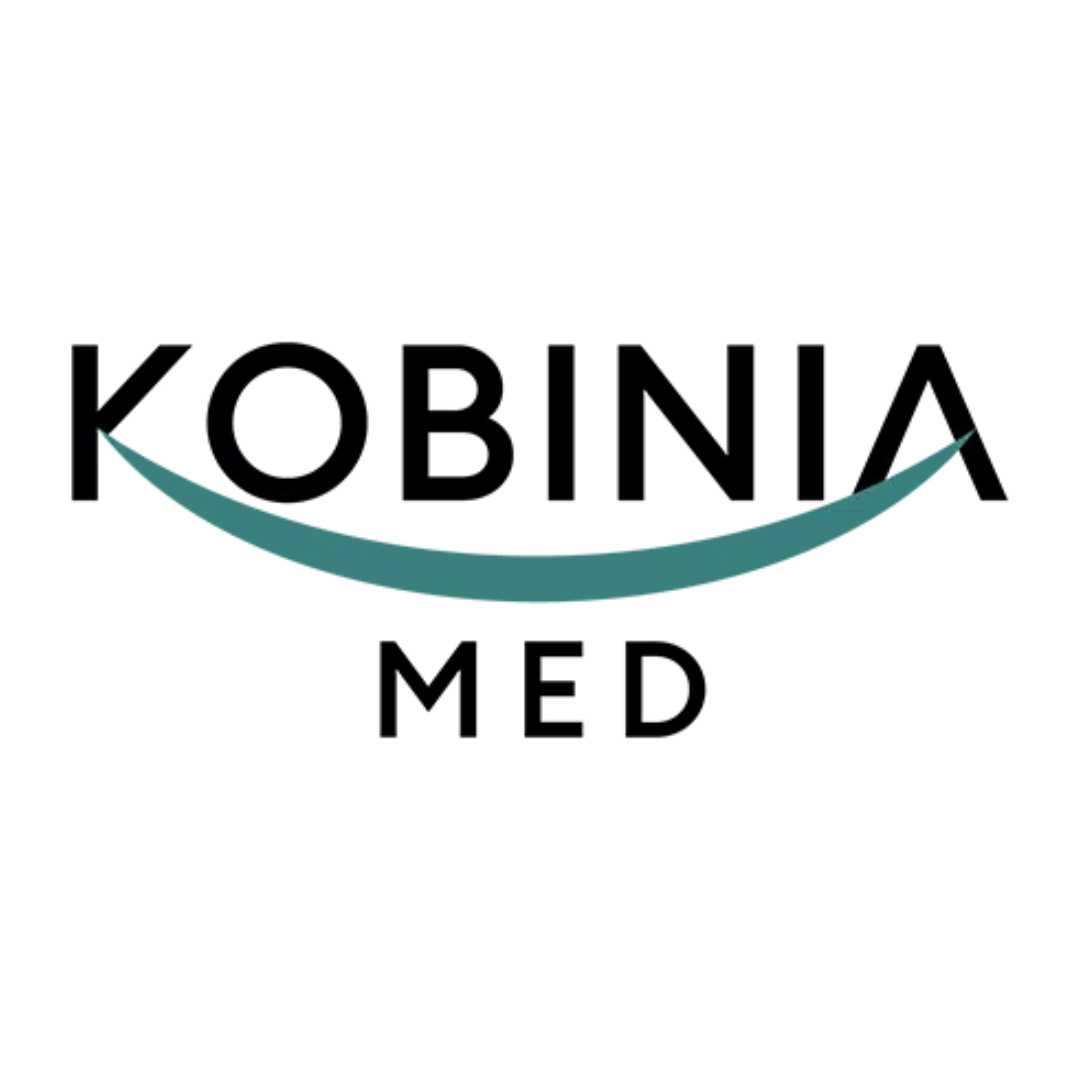
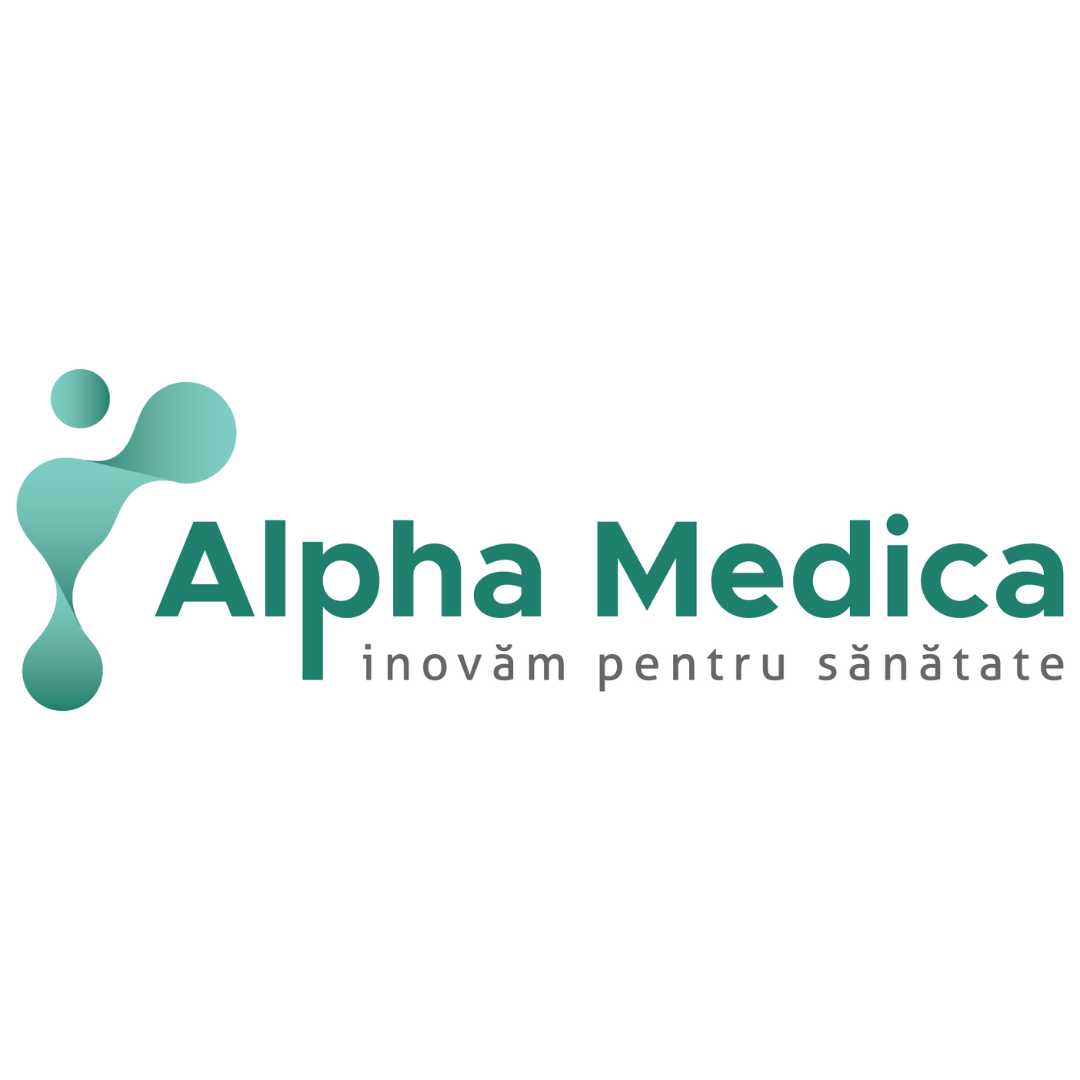
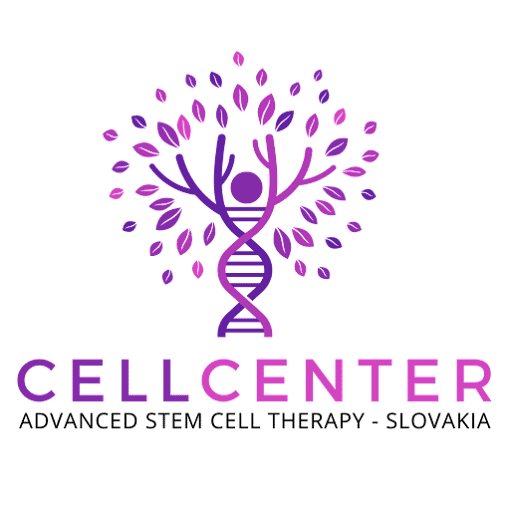



Share this listing